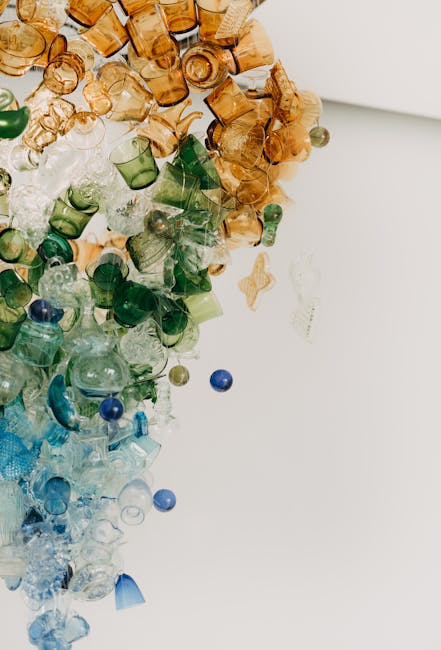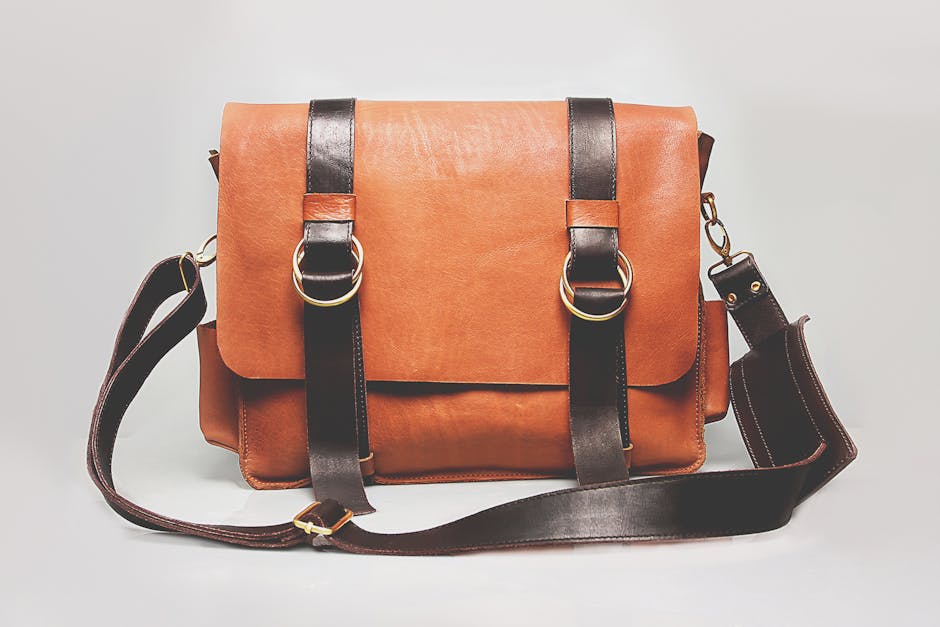How to Blend Upcycled Pieces with Modern and Contemporary Interiors
Introduction
Upcycling is no longer just a trend; it’s a conscious lifestyle choice that allows you to express your creativity while reducing waste. Blending upcycled pieces with modern and contemporary interiors can seem daunting, but with the right approach, you can create a unique and stylish space that reflects your personality and commitment to sustainability. This article provides practical tips and inspiration to help you seamlessly integrate upcycled items into your modern home.
Understanding the Styles: Modern, Contemporary, and Upcycled
Defining Modern and Contemporary Interior Design
Before diving into blending, it’s important to understand the core principles of modern and contemporary design.
- Modern design refers to a specific period (early to mid-20th century). It emphasizes clean lines, natural materials like wood and leather, neutral color palettes, and functionalism.
- Contemporary design is ever-evolving and reflects current trends. It often incorporates minimalism, bold colors, geometric shapes, and sustainable materials.
What Constitutes “Upcycled”?
Upcycling involves transforming discarded materials or objects into new products of higher value. It’s about breathing new life into something old, rather than simply recycling it.
Strategies for Seamless Integration
Color Palette Harmony
Maintain a cohesive color scheme to tie everything together.
- Identify your dominant colors: Choose the main hues present in your modern/contemporary space.
- Coordinate upcycled pieces: Paint, stain, or reupholster upcycled items to complement your existing color palette.
- Use neutral tones as a bridge: White, gray, and beige can act as a unifying element, preventing clashes between styles.
Material Mixing and Matching
Experiment with different textures and materials for visual interest, but with intention.
- Juxtapose old and new: Place a rustic upcycled wooden table against a sleek, minimalist sofa.
- Consider the material’s history: Embrace imperfections that tell a story.
- Balance rough and smooth textures: Pair a rough-hewn upcycled frame with a smooth glass surface.
Focus on Functionality and Purpose
Ensure every upcycled piece serves a practical purpose within your space.
- Assess your needs: Determine what furniture or décor items you require.
- Brainstorm upcycling possibilities: Think creatively about how discarded items can fulfill those needs. For example, old crates can become stylish storage units.
- Prioritize functionality: Even the most beautiful upcycled piece is useless if it doesn’t serve a purpose.
Accessorize Strategically
Use accessories to subtly connect upcycled and modern/contemporary elements.
- Incorporate similar patterns: If your modern design features geometric patterns, look for upcycled items with similar motifs.
- Add metallic accents: Gold, silver, or copper can tie different materials together.
- Use plants as a unifying element: Greenery complements both upcycled and modern styles.
Upcycling Ideas for Modern and Contemporary Homes
Furniture Transformations
- Pallet Furniture: Create coffee tables, bed frames, or outdoor seating from repurposed wooden pallets.
- Repurposed Doors: Transform old doors into headboards, dining tables, or room dividers.
- Upcycled Drawers: Convert drawers into shelving units or wall art.
Décor and Accessories
- Mason Jar Lighting: Craft pendant lights or sconces using mason jars and vintage-style bulbs.
- Book Page Art: Create unique wall art by framing vintage book pages or sheet music.
- Reclaimed Wood Shelves: Build floating shelves from reclaimed wood for a rustic yet modern touch.
Textile Upcycling
- Patchwork Quilts and Throws: Create colorful and cozy textiles from fabric scraps.
- Upcycled Clothing into Rugs: Weave old clothing into unique and textured rugs.
- Fabric Banners and Wall Hangings: Transform fabric remnants into decorative banners or wall art.
Conclusion
Blending upcycled pieces with modern and contemporary interiors is an art form that allows you to create a truly unique and sustainable living space. By understanding the principles of each style, embracing creative problem-solving, and prioritizing functionality, you can seamlessly integrate upcycled treasures into your home, creating a stylish and environmentally conscious environment that reflects your individual personality and values.














Post Comment